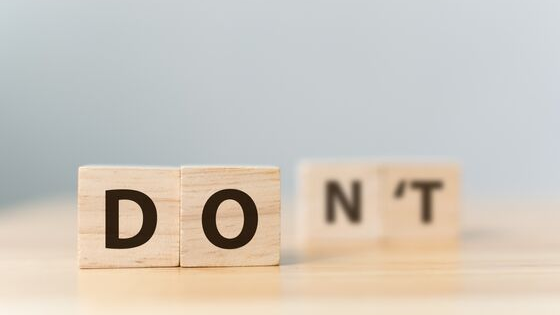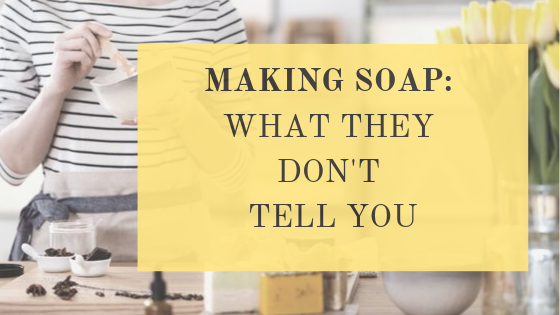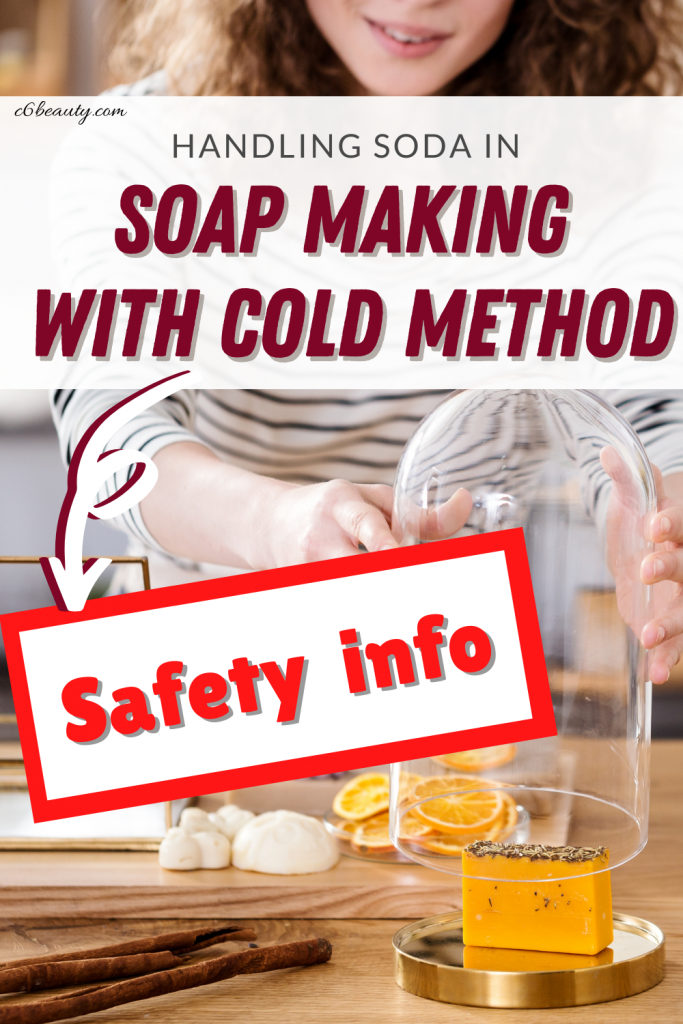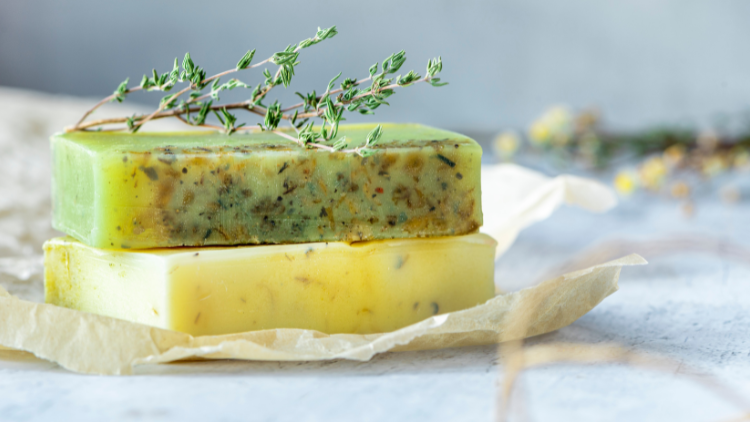When I got interested in creating homemade soaps, I did the obvious thing: I watched tutorials. I remember watching several, and the more I watched, the more my desire to make my own soaps grew. This would help me reduce the amount of plastic I was making at home from empty soap containers. The solution was simple just switch to using solid soaps. It all seemed very simple just some oils, lye and water! It seemed doable and I didn’t wait long before buying the ingredients and getting to work. What I had not considered, as a beginner, was that all the tutorials were by professionals who had been making soap for years. Their familiarity and skill made this technique seem extremely simple to me. Don’t get me wrong, it is, but only after gaining full confidence in handling lye.
In this post we discuss soap making safety for beginners. Aspects to consider in order to create soaps safely, and what to do and what not to do based on my mistakes.
Disclosure: Some of the links in this post are affiliate links. By clicking through them and making a purchase, I may receive a small commission WITHOUT any additional cost to you.
Gabi
This post is an excerpt from my course: Soap making 101 with the cold method, have a look at it by clicking here. You will find all the information to master this hobby.
Learn everything about soap making with my comprehensive course! Everything from ingredients, to lye discount, superfat, and much more!
Making Soap is Chemistry
My scientific studies focused on chemistry have allowed me to work for years in laboratories. Every day, I handled products that were not always healthy and safe. For this reason, I had to attend seminars every year aimed to remember how much the awareness of the dangerousness of products and the immediate reaction to dangerous situations were among the most important factors for chemists.
Creating your own beauty products at home can be considered a pleasant hobby, but requiring chemical compounds (although of natural origin, they are still chemical products) demands us to pay more attention to every single ingredient that we will use.
With this introduction let’s return to the important information to know in soap making for beginners.
Making Soap for beginners | Safety Info
As I wrote in my previous post on How to make your own soap and basic cold process soap, soap is nothing more than the result of a chemical reaction. It is one of those educational experiments that are carried out at the university to become aware of the saponification reaction and the theory behind it. Making soap at home is nothing more than performing a chemical reaction but in our home.
1. Working environment
We could see tutorials on how to make soap at home in kitchens. I would not do it there! In the kitchen, we prepare our food for lunches and dinners, I would never prepare soaps there. During the preparation, drops of caustic soda solution could end up distractedly on the work table that could remain contaminated, if not cleaned up well. Too dangerous! If you choose to make your own soap at home, do it in a garage or in a room where there is no contact with food.
2. Protection
Perhaps creating soaps with caustic soda is among the hobbies that require the most attention in terms of safety. Personally, in addition to protective gloves and lab goggles, I always wear long-sleeved clothing and closed-toe shoes. This is because in the unfortunate event that drops of caustic soda or even freshly mixed soap were to accidentally fall on our arms and feet, it would be very risky. What is not often mentioned among the safety work tools is the use of a mask. The reaction between water and lye is very energetic, producing heat very quickly and releasing potentially dangerous fumes. Wearing a mask will help us make our soaps more safely.
3. Production of fumes
And here’s the thing! I think it’s so important to point out this aspect of the process because it can be really dangerous! During the production of soap, you must prepare a solution of caustic soda. Caustic soda, as the name also says, is extremely corrosive whether it is as a powder or dispersed in water.
When we dissolve caustic soda in water, heat is developed and the water from room temperature reaches temperatures up to 80°C (176°F)! Small droplets of the solution may be released into the air due to the high temperature and because we are stirring the solution. Those could be highly harmful to the respiratory tract. For this reason, this phase must be highly controlled to prevent the temperature from rising dramatically.
The preparation of caustic soda is an important step. It can also be dangerous, if not done with the right precautions. I suggest you to have a look at my MINI COURSE entirely dedicated to this aspect. In my mini-course, you will find the main recommendations and advices to help you properly handle lye. Also, a simple tutorial to show you in practice how to make a simple bar of soap. You can find it here.
4. Aired environment
This point is related to the previous ones. Now we know that during the production of caustic soda potential corrosive fumes can be generated causing problems if inhaled. As a precaution it is best to choose to make our soaps in a room with large windows and leave them open throughout the process! This will help to ventilate the work space and work safely.
My experience | Soap making for beginners
Here’s my experience. As I had said at the beginning of this post, the first impression after watching tutorials was of great confidence and I thought that with my experience as a chemist I would certainly not have any problems. What I didn’t consider was the context. Yes, because I conducted the same reaction and even some much more dangerous millions of times but in a laboratory. There, I felt protected because the reaction was conducted behind protective glass and the fumes were sucked in by a fume-hood. When I started preparing soap at home, I realized that I no longer had these protections! I was handling highly corrosive products at home and alone. Ohi ohi!
After the first attempt, I tried to optimize the steps to limit the risks as much as possible. I so decided to share this post to explain what you should know.
DON’T Do IT

The first mistake was not having a good organization. Prepare the work table with all the ingredients and tools you will need.
Oils, soda, water, and many containers of different sizes. I started weighing the oils in a plastic container and once I did, I measured the soda.
At this point, I made my second mistake.
Do not check the temperature of the soda solution. As mentioned above, when soda is dissolved in water heat is released. The temperature of the water rises rapidly and fumes could be released.
Always pour caustic soda into water and NEVER EVER the other way around.
When I poured the caustic soda, the solution immediately turned hot and in a short time, I began to cough! Opening the windows helped me but by now I was afraid. To lower the temperature, I put the glass with caustic soda in a bath of water and ice. After it, the temperature decreased and I continued the preparation of the soap.
I really scared myself that time, and I wouldn’t want this episode to happen to you. So here’s what to do.
Do IT

From this experience, I learned that the best way to avoid problems is to try to control the temperature as much as possible. What I do is weighing the water including a few ice cubes. For example: if I need 60 g (2.11 oz) of water, I will weigh ice cubes weighing i.e. 30g (1.06 oz) and what remains will be distilled water. Once poured the caustic soda, when the ice cubes are dissolved, I put the glass in a bath of water and ice to keep the solution of soda at a temperature that does not exceed 40°C (104°F). With this little trick, I improved a critical point during the preparation of my soaps.
If you want to produce your own soap at home, follow these steps. Just have fun but with the awareness of what you are handling and mixing. 🙂
Ready to make your first soap with my MINI COURSE??
Have a look at my MINI COURSE
If making soap sounds to you too complicated, with a few dollars, you can buy it and save yourself all this eheheh (like this one below)

If you like my content, help me with a small donation. With your support, I would like to buy new ingredients and create original healthy beauty products! Thank you :).
Gabi




